Swarovski EL O-Range 8×42 W B
Specifications:
Objective diameter: 42 mm
Magnification: 8 x
Exit pupil: 4.25 mm
Eye relief (acc. to spec): 19 mm
Usable eye relief (measured from rim of eyecup): 15.5 mm
IPD: 56 – 74 mm
RFOV: 7.8 degrees = 137 m
AFOV: 61 degrees
Minimum focus distance (measured): 4.75 m
Focus type: CF (direction of rotation from close to infinity: > clockwise)
Degrees of rotation of focus wheel from 3m to infinity (measured): 540 degrees
Range of diopter adjustment (acc. to spec.): +5 /- 7 dpt*
Excess travel of focus wheel beyond infinity position (estimate): 4.5 dpt*
Prism system: Schmidt-Pechan
Waterproof: yes
Weight (measured, with eyepiece cover and strap): 1‘045 g
Made in: Austria
*range of diopter adjustment not affected by position of focus wheel
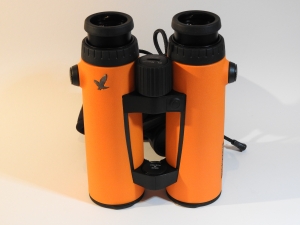

Remarks:
The range-finding EL-Range – 8×42 or 10×42 – comes in military green or in “shock orange” (the latter cannot get lost even at night, but BINOCULARS TODAY wonders slightly whether any hunter or birder would use the orange version and risk shying away all wildlife) and uses basically the same open-hinge design as the EL Swarovison models. It features the same excellent optics and mechanics as the other EL models from Swarovski (see separate posts), but incorporates state-of-the art laser range finding technology that provides measurements up to well over 1’500m (in BINOCULARS TODAY’S experience clearly more than listed in the specifications, depending on atmospheric conditions).
The EL-Range, in its orange version appropriately named “O-Range”, competes with Leica’s Geovid models (see e.g. https://binocular.ch/leica-geovid-8×42-hd-r-typ-402/and Zeiss’ Victory RF rangefinders (see https://binocular.ch/zeiss-victory-rf-8×42/.
A revised version of Swarovski’s EL-Range models has come to the market in late 2020, with wider fields of view and EL SV – state-of-the-art optics.
Ratings:
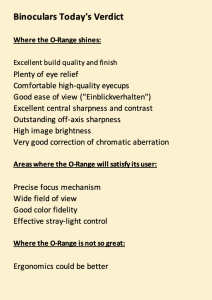
How precise are rangefinder binoculars / monoculars?
Measuring distances up to a mile and more within a fraction of a second and with an error margin of 2 yards or less – that‘s what the specs of many common rangefinders promise.
Have you ever wondered whether the performance of these devices delivers results within the specs? I myself have wondered many times, and so last Sunday afternoon, I thought I try to find. Let’s look at some results from a comparison of 6 instruments, 3 binoculars and 3 monoculars (see table).
First, I chose 8 well defined targets between around 18m and about 970m, all large enough and well defined and positioned to allow the testing of rangefinder equipment.
On targets at a distance below 100m, I measured the exact distance with a Bosch GM high precision laser, using up to 2 digits after the comma, and confirmed these measurements at least twice.
On targets further away, I used two tools: a 1:10’000 scale electronic map for a initial distance measurement, and then GPS data at the target and home locations to confirm. With this, I found what I call a „best estimate“ (since this is not a really precise way of establishing distance) by taking the median value between the two results. To my surprise, all instruments (with one exception) later displayed a target distance within 0.5 percent or less of that „best estimate“ distance, so my estimate seems to have been useable, and the instruments generally performed quite well at long range.
All measurements occurred on the same day within one hour and under identical lighting (sunshine) and atmospheric conditions (clear view), with one instrument after the other mounted on a fixed tripod before the measurements.
All target distances were well within the maximum range specified by manufacturers for all instruments.
All measurements were repeated at least once (or more, since target acquisition did not always occur reliably)
The results can be seen in the table below.
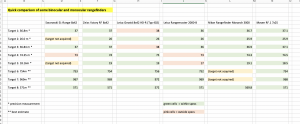
The following comments from my side:
- Overall, longe range measurements seemed to fulfill manufacturer specs better than measurements at shorter distances. The “spread” of measured distances was relatively larger on near targets than on far away targets
- Only 2 instruments fulfilled the specs 100% of the time: the Zeiss Victory RF and Maven RF.1
- While the Nikon Monarch worked very well at shorter distances, it had more trouble acquiring long range targets
- Both Leica Rangemaster and Geovid performed only 75% within the specs (and exceeded specs on shorter, but not on the long range targets)
- According to its specs, the Swarovski EL-Range does not acquire any target under 30m, but it had also a bit of trouble acquiring the one at 36m. Moreover, it exceeded specs on 1 target
- Don’t expect that your rangefinder will immediately and reliably give you results all the time. Many of the tested instruments failed to acquire targets once or even several times, so I sometimes had to repeat measurements, sometimes more than once
- But overall, the rangefinders delivered performance within or almost within manufacturer’s specs.
Based on the above „Saturday afternoon passe-time“ exercise, the instruments with the best rangefinder results were the Zeiss RF and the Maven RF.1 (the latter is new on the market, costs $ 400 and impressed also with its excellent optics, good build quality and intuitive handling).

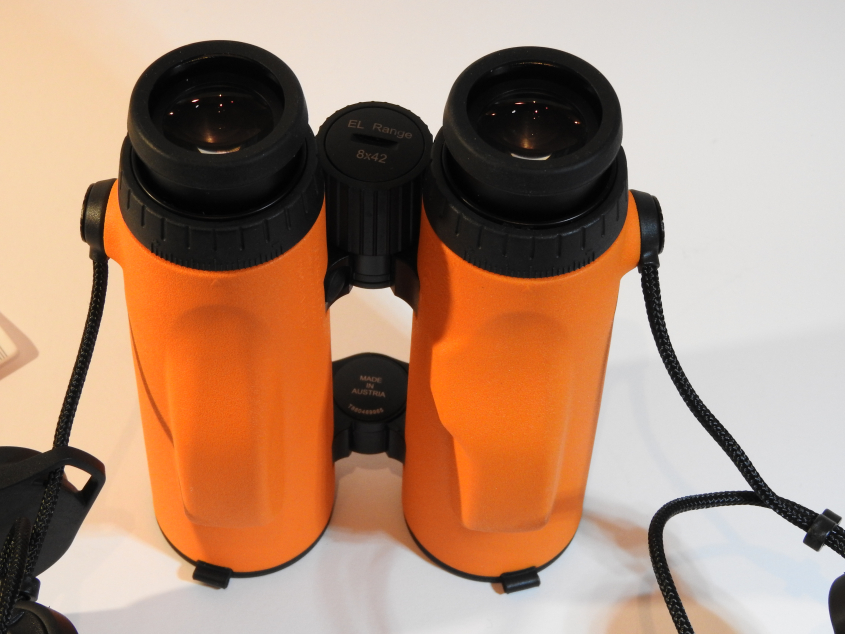
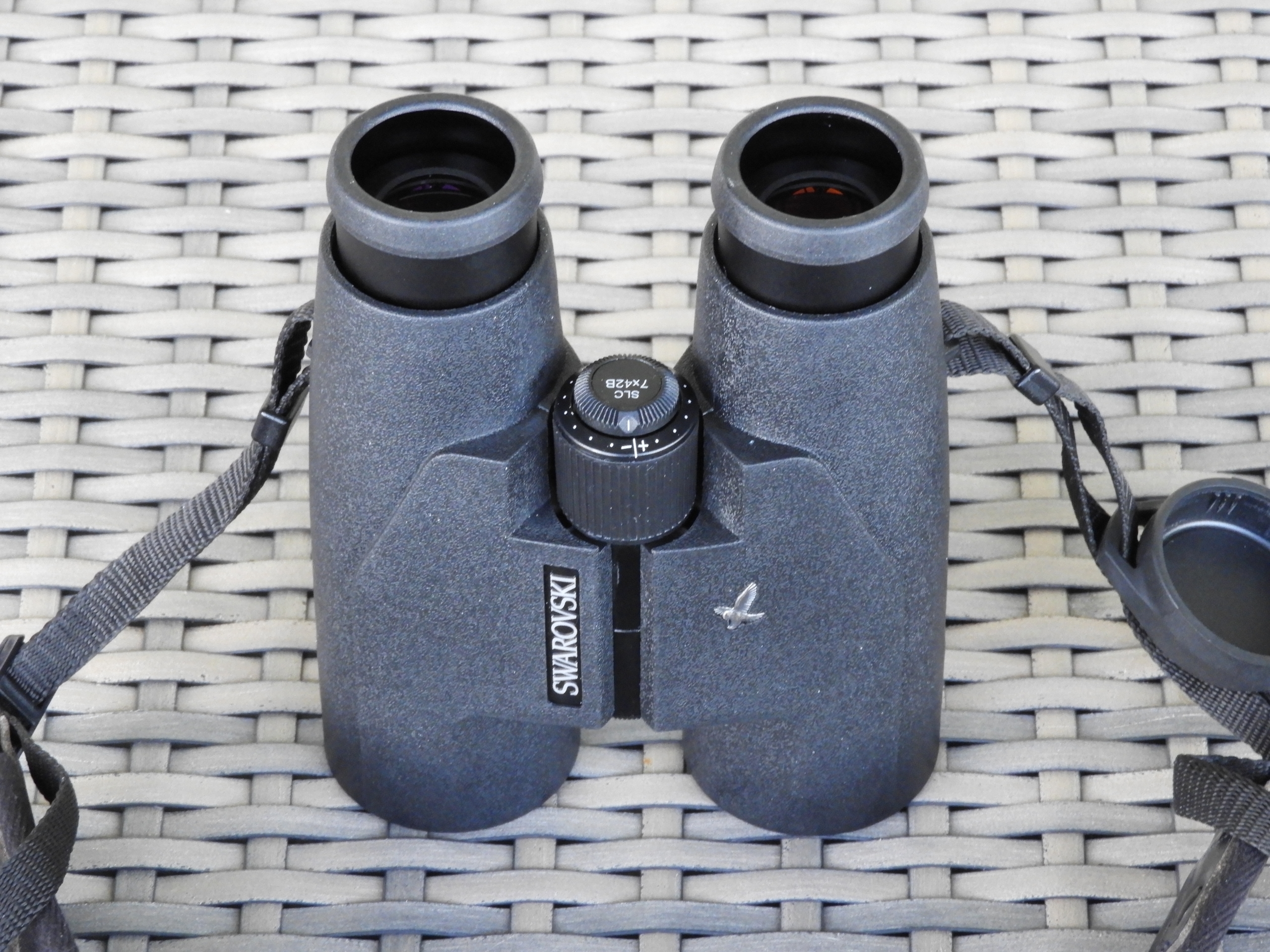
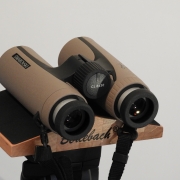
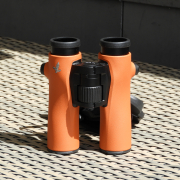
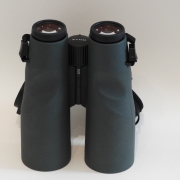



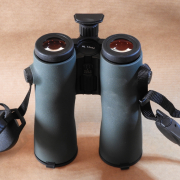


Leave a Reply
Want to join the discussion?Feel free to contribute!